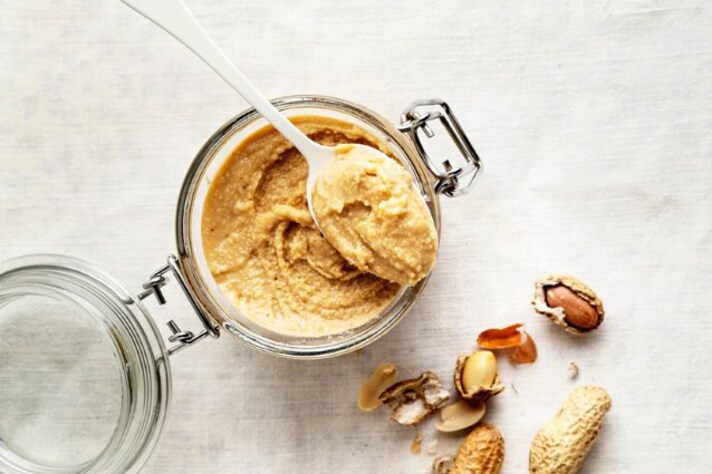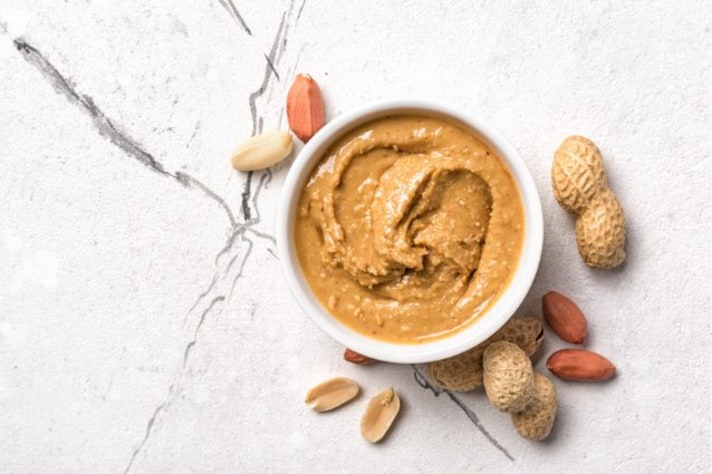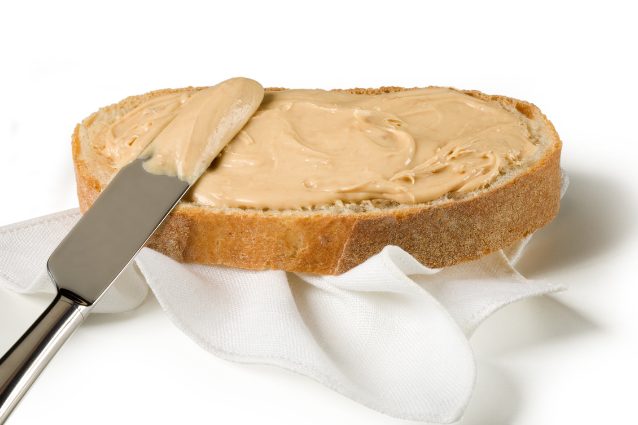Here’s Why You Should Never Use Natural Peanut Butter When Baking Cookies (Or Almost Anything, Really)
Natural peanut butter may be great for toast, but it’s a no-go for baking cookies. Its lack of stabilizers causes oil separation, leading to greasy, crumbly results. Baking requires consistency, which natural peanut butter can’t provide, making it unreliable for cookies or any baked goods. For the best results, stick to smooth, creamy peanut butter with stabilizers, even organic no-stir options.

Let’s face it: few things rival the rich, comforting allure of peanut butter baked goods. Be it cookies, brownies, or pies, that nutty, salty-sweet kick elevates desserts into a league of their own. They’re the ultimate companion for gray, drizzly autumn afternoons or frosty winter nights. And while peanut butter holds year-round appeal, there’s just something about it that shines in baked treats—especially cookies. But before you grab that jar off your shelf, take a closer look. If it’s natural peanut butter, you might want to rethink your choice.
Why Natural Peanut Butter and Cookies Don’t Mix
The name might be misleading, but "natural" doesn’t mean "better" when it comes to baking. Unlike its processed counterparts, natural peanut butter contains minimal ingredients—usually just peanuts and salt. While that’s great for your toast or smoothies, it’s a disaster for cookies. Natural peanut butter tends to separate, with a layer of oil floating on top, requiring a vigorous stir. That oil imbalance wreaks havoc in baking, leaving cookies greasy and crumbly instead of chewy and tender. Simply put, it can’t offer the creamy consistency or stability needed for cookie dough.

The Science Behind Natural Peanut Butter’s Baking Fail
Baking is chemistry, and every ingredient plays its part. Traditional peanut butter contains stabilizers, like hydrogenated oils, that keep it creamy and uniform. These stabilizers ensure the fats in the peanut butter don’t separate during mixing or heating, which is crucial for consistent results. Natural peanut butter lacks those stabilizers, so the oil doesn’t integrate properly into batters or doughs. This often results in uneven texture and poor binding, leaving your cookies flat, oily, or falling apart. A cookie tragedy, if ever there was one.
Baking and Natural Peanut Butter Just Don’t Get Along
Natural peanut butter’s shortcomings extend beyond cookies. Its high oil content can cause cakes to collapse, muffins to lose their fluff, and pie crusts to go soggy. Because the oil tends to rise to the surface during baking, you’re left with baked goods that lack the rich, cohesive flavor you’re aiming for. Baking demands consistency and balance, and natural peanut butter simply can’t deliver on either front. It’s not just finicky—it’s a risk not worth taking when you’re aiming for peanut buttery perfection.

The Best Peanut Butter for Baking
When it comes to baking, smooth and creamy is the way to go—think name brands like Jif or Skippy. These peanut butters contain stabilizers that ensure your baked goods turn out consistent and delicious every time. If you’re looking for an organic option, you can still find creamy peanut butters with added stabilizers—just make sure to read the label. Look for “no-stir” or “creamy” varieties for the best results. These types blend seamlessly into doughs and batters, giving your cookies the structure and flavor they deserve.
;Resize,width=767;)
;Resize,width=712;)


